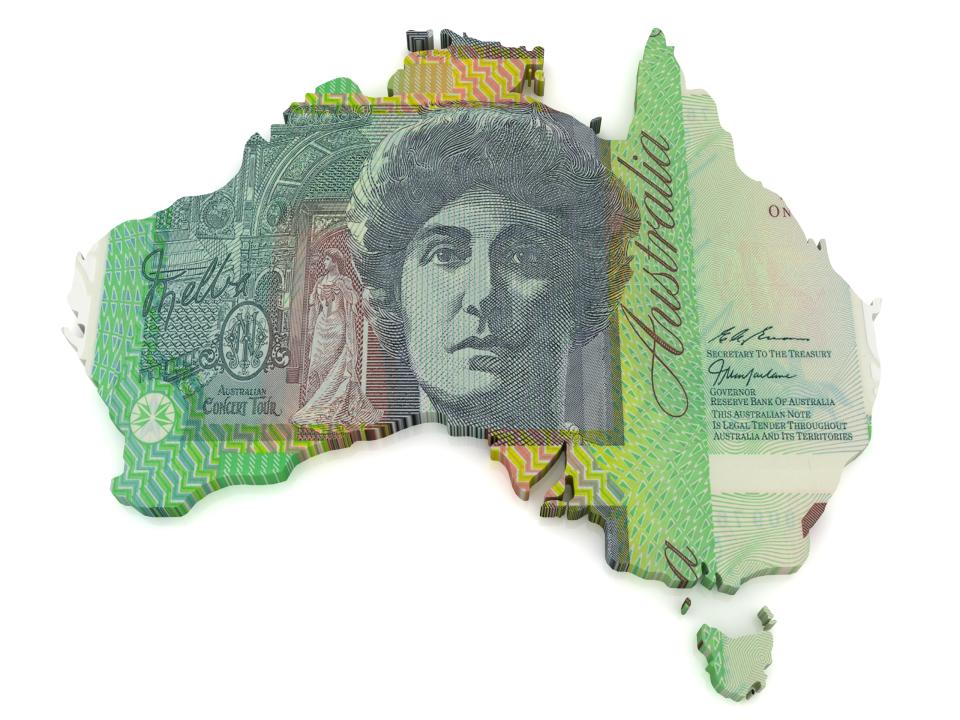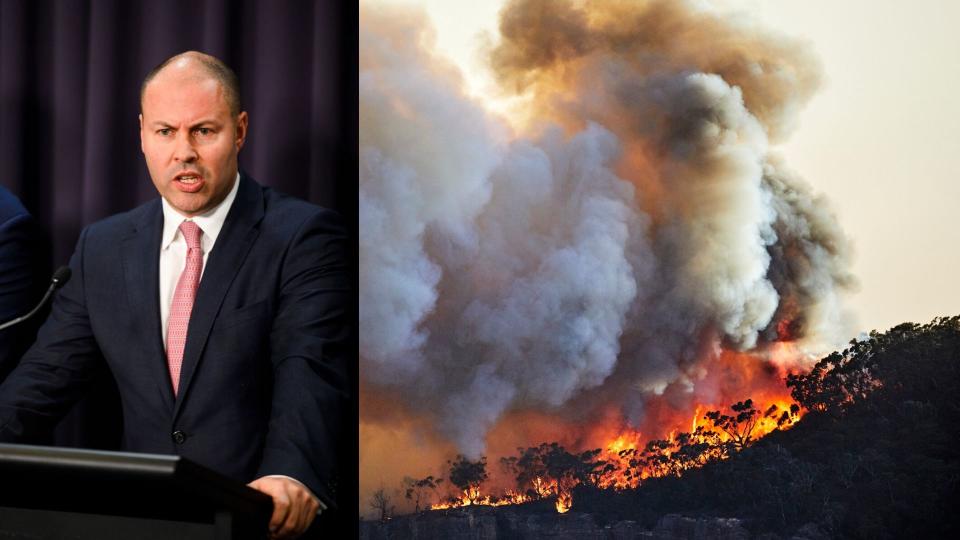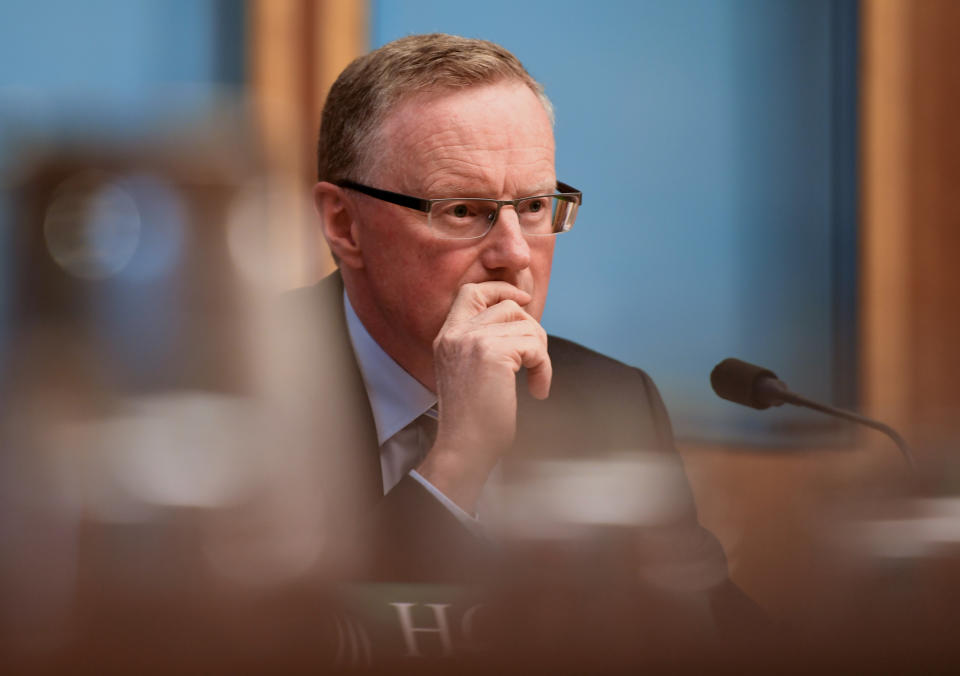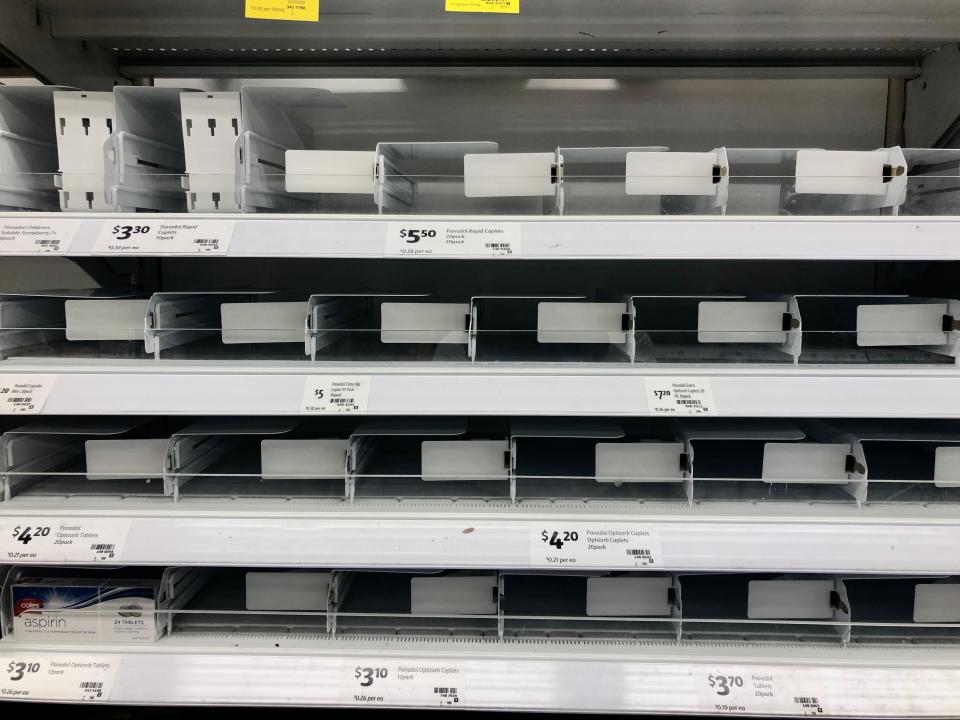Aussie economy beats expectations

Australia has posted growth of 0.5 per cent over the December 2019 quarter, bringing annual growth to 2.2 per cent, but the impact of bushfires and coronavirus won’t be felt until April.
The 0.5 per cent figure is better than the expected 0.4 per cent, and takes annual growth up from 2.0 per cent to 2.2 per cent.
Could coronavirus tip Australia into a recession? Here’s what 5 experts said
Bushfires: Australia's much-needed economic pick-up has been choked by smoke and fire
“The economy has continued to grow and picked up through the year, however the rate of growth remains below the long run average,” ABS chief economist Bruce Hockman said.
The Australian dollar jumped on today’s better than expected news, jumping to 65.98 US cents as of 1133 AEDT.
Is the surplus in danger?

Today’s figures come after the country’s GDP grew 0.4 per cent in the 2019 September quarter, and 0.5 per cent in the June quarter.
And in the 2019 June quarter, the 0.5 per cent growth took Australia’s then-annual growth of 1.4 per cent to its lowest since the days of the GFC.
Today’s annual figure of 2.2 per cent annual growth is also well below the 2.75 per cent GDP growth predicted by Treasurer Josh Frydenberg when he handed down the Coalition government’s budget in April, and suggests his hopes of a surplus may be in danger.
Frydenberg in December predicted a $5 billion surplus, down from the touted $7.1 billion surplus as the catastrophic bushfires compounded already poor employment and wage growth figures.
The bushfires were estimated to have caused a $4.5 billion hit to the local tourism industry, with UBS economists in January predicting they would cause a 0.2 per cent hit to GDP.
RBA interest rate cut warns of challenges to come

The Reserve Bank of Australia yesterday cut rates to a record low of 0.50 per cent, a sign of the challenges Australia’s economy faces. Governor Philip Lowe had previously predicted a 0.2 per cent hit to GDP figures following the devastating bushfire season.
In his statement on Tuesday, he said growth in the March quarter would slow further.
“The coronavirus outbreak overseas is having a significant effect on the Australian economy at present, particularly in the education and travel sectors,” Lowe said.
“The uncertainty that it is creating is also likely to affect domestic spending. As a result, GDP growth in the March quarter is likely to be noticeably weaker than earlier expected.”
Growing coronavirus risk

This December quarter figure doesn’t include the economic blow dealt by the rapidly spreading coronavirus. The respiratory illness began to gather pace in January, and has since killed around 3,000 people.
The coronavirus, or COVID-19, is also predicted to wipe out around 133,000 Australian jobs from the tourism industry as tourist and visitor numbers plummet.
China also recently posted some of its worst manufacturing economic data on record, with a potentially “huge” economic blow for Australia in store.
The International Monetary Fund said the epidemic could derail the global economy in 2020, with managing director Kristalina Georgieva describing it as an example of how unforecasted events can threaten a “highly fragile” recovery.
"Uncertainty is becoming the new normal," Georgieva said.
"While some uncertainties - like disease - are out of our control, we should not create new uncertainties where we can avoid it."
The first quarter GDP measure, which will account for this coronavirus period, is due in April.
Make your money work with Yahoo Finance’s daily newsletter. Sign up here and stay on top of the latest money, news and tech news.
Follow Yahoo Finance Australia on Facebook, Twitter, Instagram and LinkedIn.

 Yahoo Finance
Yahoo Finance 
